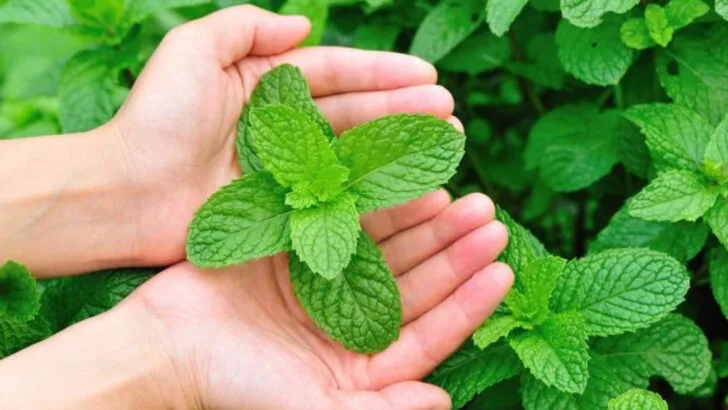Some plants don’t just grow, they take over. What starts as a tidy little addition can quickly unravel your whole garden plan, climbing, creeping, or reseeding its way across beds and borders like it owns the place. It’s frustrating when a plant you picked for color or coverage ends up hijacking everything in sight.
But that doesn’t mean you’re stuck choosing between beauty and control. There are plenty of options that stay put without constant pruning or regret. Knowing what to avoid and what to plant instead—can save you from a whole lot of extra work later on. Here are 17 fast spreaders that tend to cause chaos, along with better-behaved alternatives that won’t throw your layout off balance.
Mint
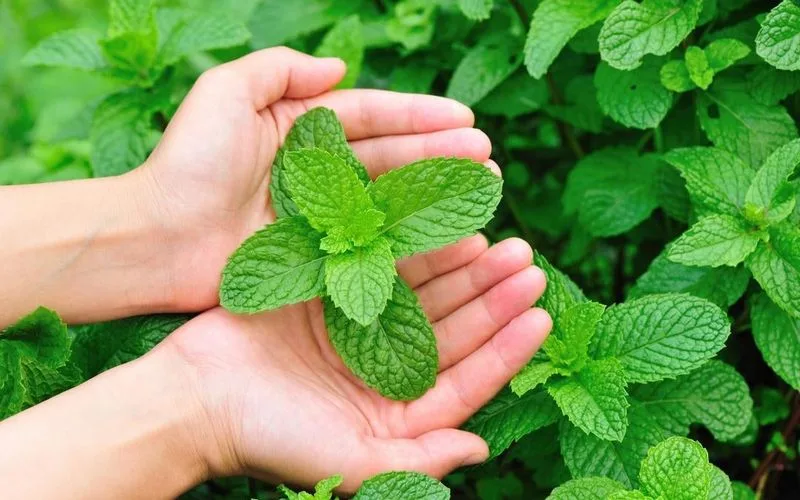
Mint is known for its refreshing aroma and culinary uses, but its rapid spread can quickly overrun a garden. Its roots, or runners, extend far and wide, making it difficult to control. Once established, mint can be tenacious, often popping up in unexpected places, much to a gardener’s chagrin.
Consider growing mint in containers to keep its growth in check or opt for lemon balm, which offers a delightful citrusy fragrance and is less aggressive. Lemon balm provides the same aromatic experience without the chaos.
Fun fact: Mint has been used in ancient herbal remedies for centuries!
Bamboo
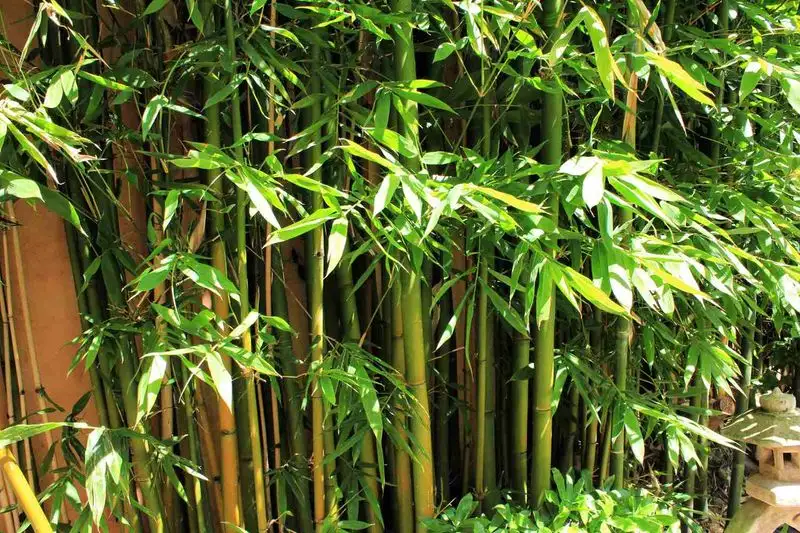
Bamboo adds a tropical feel to any garden, but its rapid growth can quickly turn it into a gardener’s nightmare. The rhizomes spread underground, offshooting new stalks that can suffocate other plants.
For a more controlled aesthetic, plant clumping bamboo varieties or replace with ornamental grasses like feather reed grass. These alternatives offer vertical interest without the invasive nature.
Did you know? Bamboo is one of the fastest-growing plants in the world, with some species growing over three feet in a day!
English Ivy
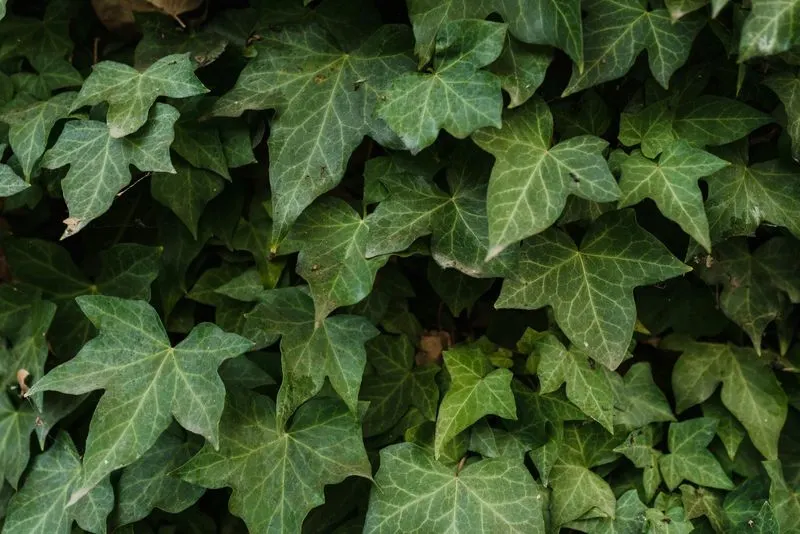
English ivy is admired for its classic look, often seen draping elegantly over walls. However, its aggressive nature can quickly damage structures and outcompete other plants. This vine can smother trees and prevent native plants from thriving.
Opt for Virginia creeper, which provides similar coverage but is less likely to overpower its surroundings. It offers stunning autumn colors, adding seasonal interest without the same level of intrusion.
Interesting tidbit: English ivy was historically used in Europe to decorate homes during festive seasons.
Wisteria
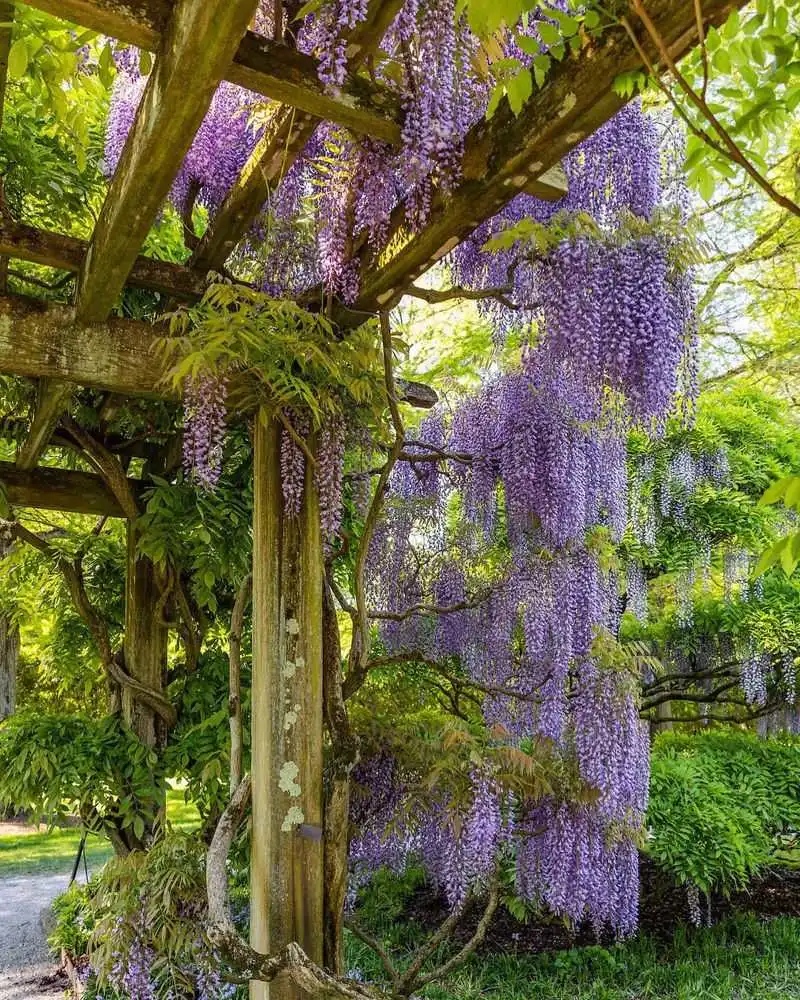
Wisteria’s cascading blooms are undeniably beautiful, yet its vigorous growth can strangle trees and shrubs. The vine twines aggressively, often breaking through trellises and choking out competitors.
For a touch of elegance without the invasiveness, consider clematis. This climber provides vibrant blooms and can be easily managed with regular pruning.
Quirky fact: In Japan, wisteria is celebrated with festivals during its blooming season, showcasing its breathtaking beauty in a controlled environment.
Creeping Jenny
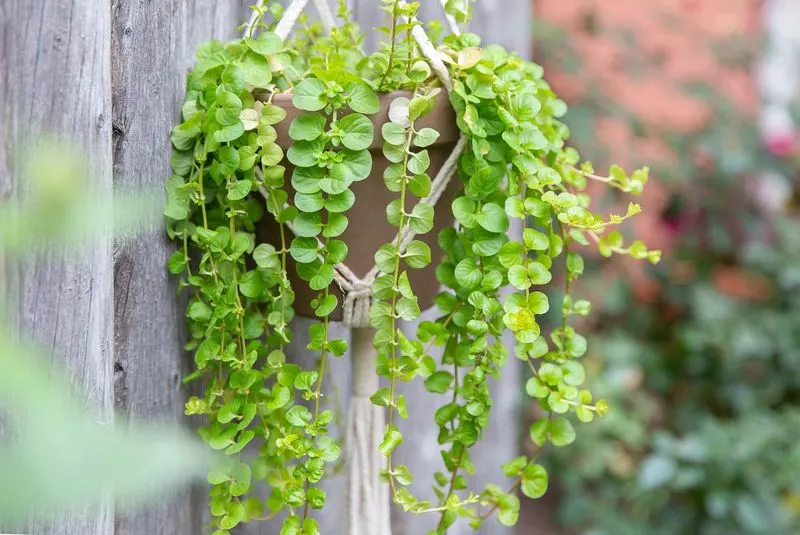
Creeping Jenny is a low-growing perennial that forms a lush carpet of green. While visually appealing, its ability to spread quickly can smother other plants and disrupt garden designs.
To prevent it from overpowering your garden, opt for ajuga, which offers attractive foliage and blue flowers without the aggressive spread.
Did you know? Creeping Jenny is also called moneywort, and its resilience makes it popular in water gardens and containers.
Morning Glory
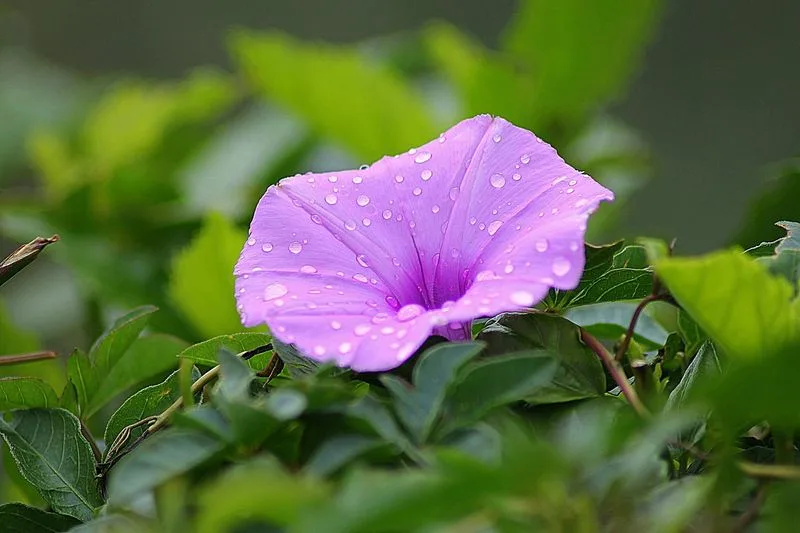
Morning glory is cherished for its stunning, trumpet-shaped flowers that open in the sun. However, its vigorous growth can quickly overtake fences and neighboring plants, creating a tangled mess.
As an alternative, try growing sweet peas. These offer similar blooms with a delightful fragrance and are much easier to manage.
Tidbit: In ancient cultures, morning glory seeds were used for their hallucinogenic properties in religious and spiritual ceremonies.
Japanese Knotweed
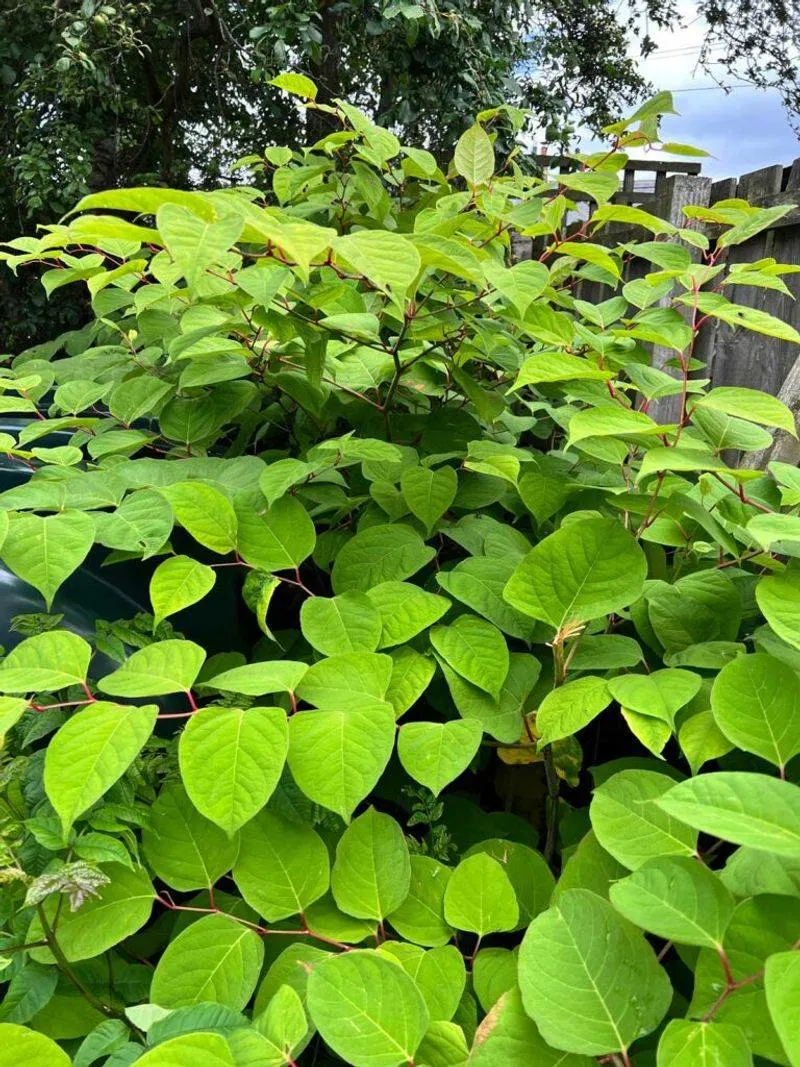
Japanese knotweed is notorious for its tenacity and can cause significant structural damage with its aggressive root system. Its rapid growth and dense thickets can outcompete native flora.
Switch to planting native alternatives like elderberry, which supports local wildlife without the destructive growth pattern.
Fun fact: Japanese knotweed was initially introduced to Europe as an ornamental plant in the 19th century, unaware of its invasive potential.
Bindweed
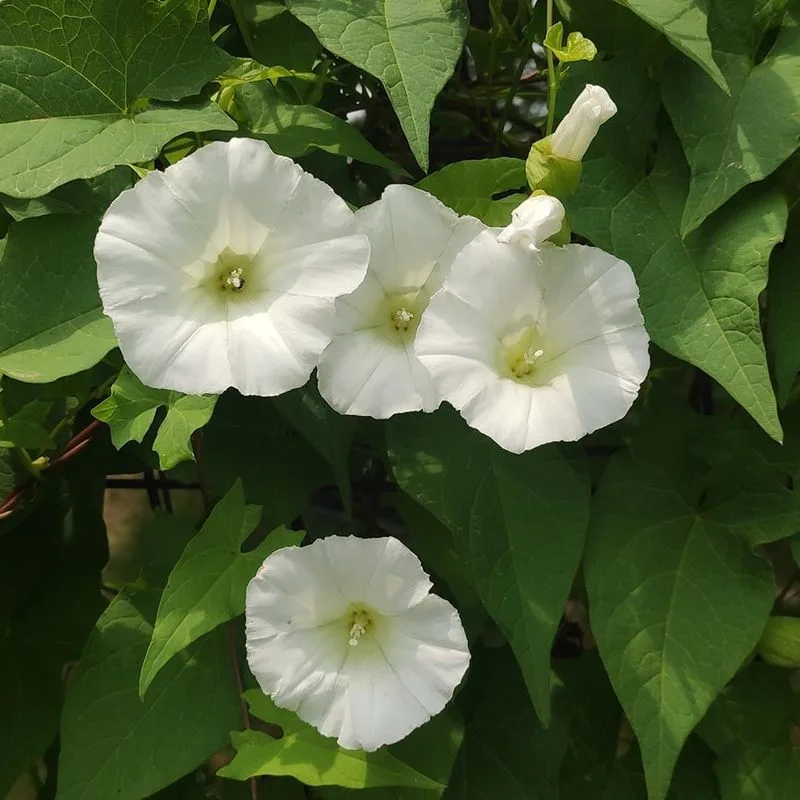
Bindweed is often mistaken for morning glory due to its similar appearance, but its invasive nature is far more troublesome. It can strangle plants, reducing their vitality and beauty.
Instead, consider growing passionflower, which offers exotic blooms and can coexist with your garden’s ecosystem more harmoniously.
Did you know? Bindweed was once used in traditional medicine for its laxative properties, despite its invasive tendencies in gardens.
Goutweed
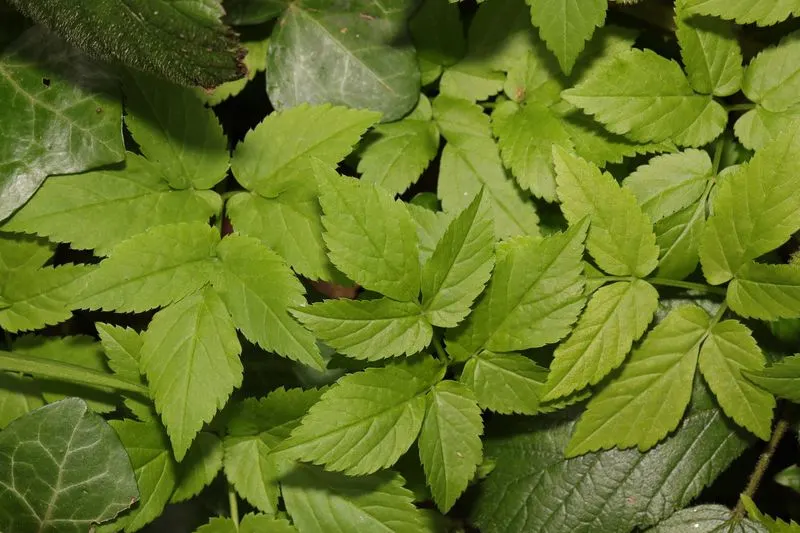
Goutweed, also known as bishop’s weed, creates a dense mat of foliage that can suppress other plant life. Though attractive, its rapid spread makes it difficult to manage.
Replace goutweed with hostas, which offer a variety of leaf colors and textures without the invasive behavior.
Curious fact: Goutweed was historically used in herbal remedies for gout, which is how it got its name!
Vinca Minor (Periwinkle)
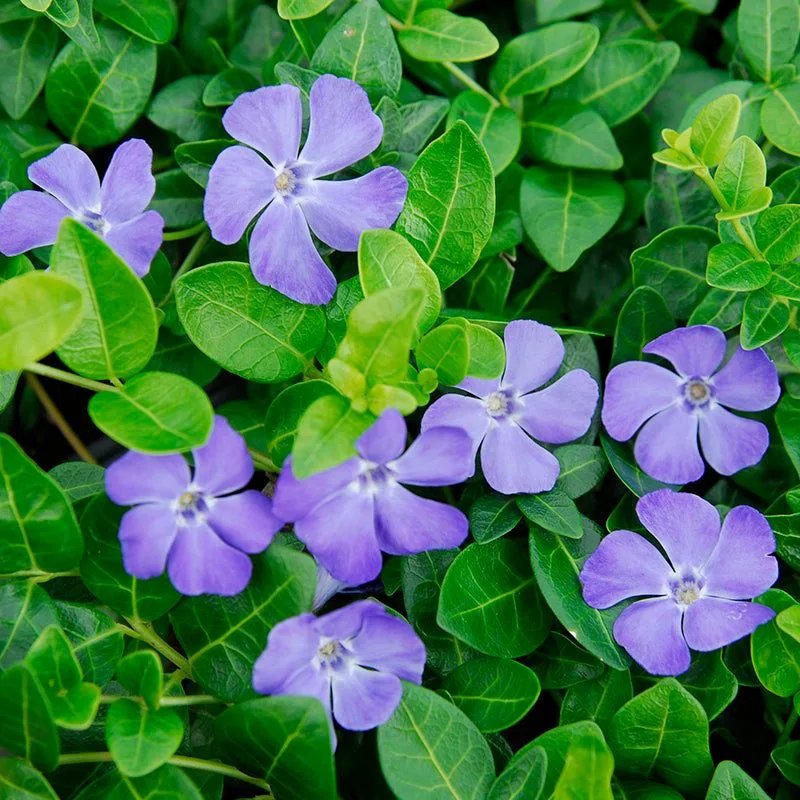
Periwinkle is appreciated for its glossy leaves and charming flowers, yet its quick spread can overwhelm garden spaces. It forms a dense cover that outcompetes native plants.
Consider replacing periwinkle with native ground covers like wild ginger, which supports local ecosystems and offers unique foliage.
Interesting note: Periwinkle has historically been used in folklore for its supposed protective properties against evil spirits.
Yellow Archangel
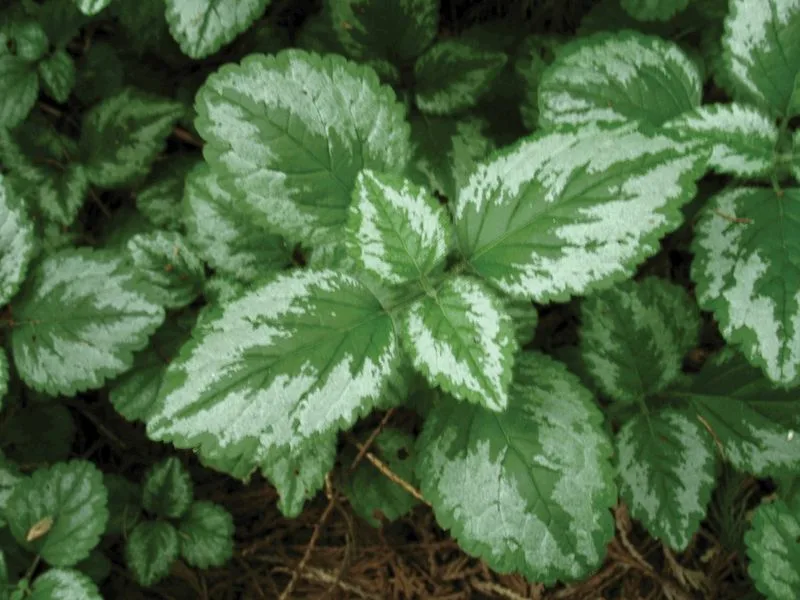
Yellow archangel is attractive with its silvery leaves and yellow flowers, but it can quickly spread, forming dense mats that smother other plants.
For a similar look without the invasiveness, try lamium, which has striking foliage and is less aggressive in growth.
Tidbit: Yellow archangel is often used in hanging baskets due to its trailing nature, which is more controlled in containers.
Lamb’s Ear
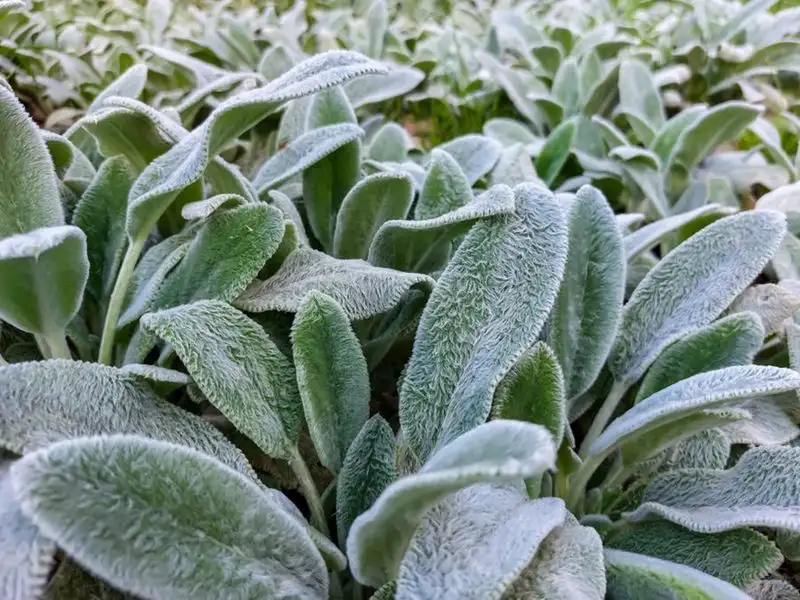
Lamb’s ear is known for its soft, woolly foliage, creating texture in any garden. However, it can spread quickly, overtaking more delicate plants.
A better choice might be silver sage, which provides similar texture and color without the aggressive spread.
Did you know? Lamb’s ear leaves were used as bandages during the medieval period due to their soft texture and antiseptic properties.
Houttuynia
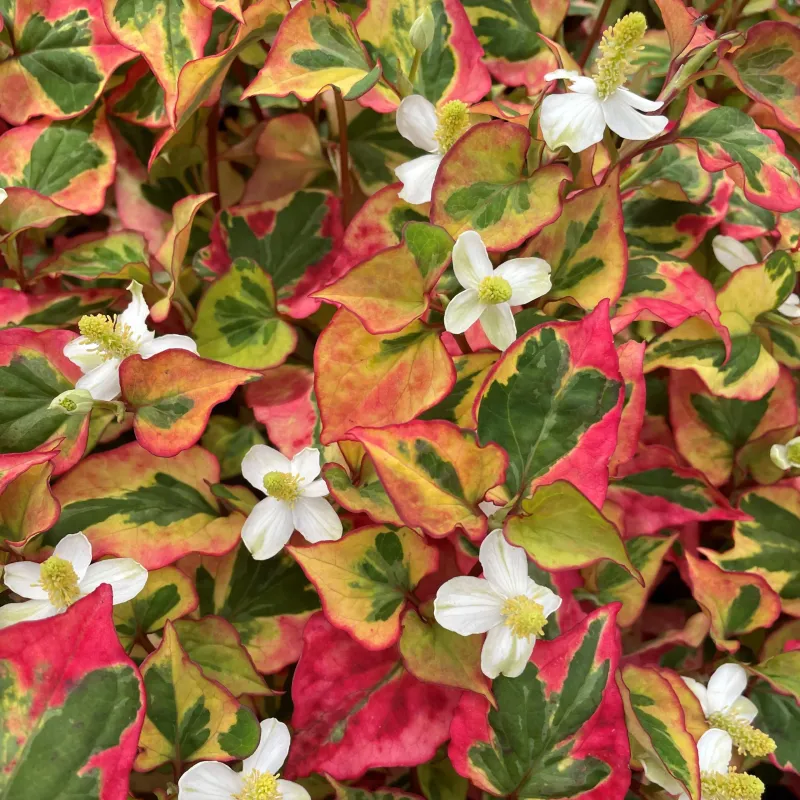
Houttuynia is prized for its heart-shaped leaves and vibrant colors, yet its vigorous spread can choke out native plants and disrupt water features.
Opt for planting water forget-me-nots instead, which thrive in wet conditions and offer charming blue flowers.
Fun fact: Houttuynia is used in traditional medicine in Asia, although its invasive nature makes it a gardening challenge.
Ground Elder
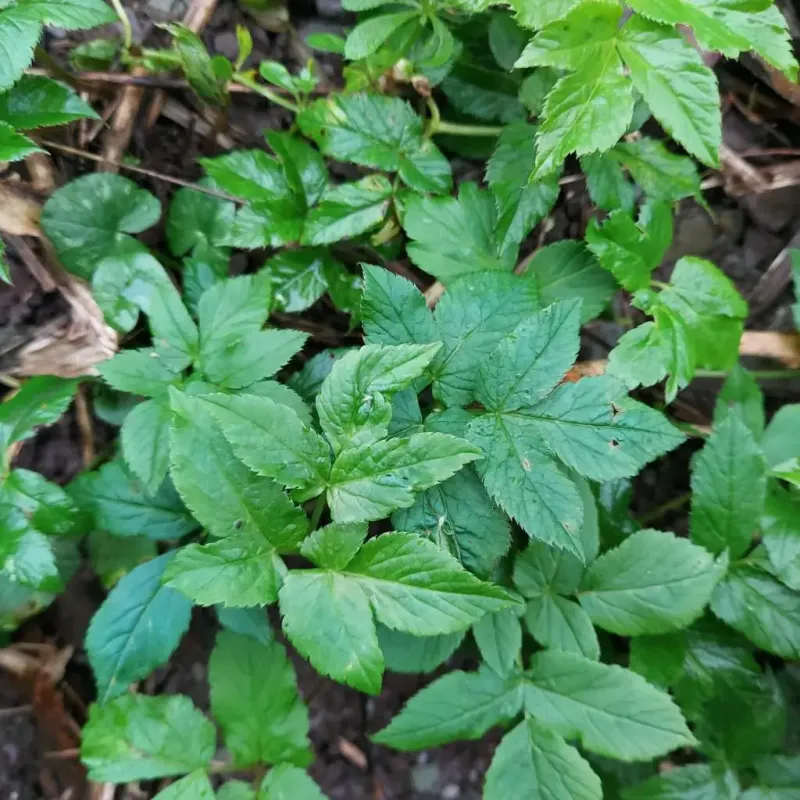
Ground elder, or bishop’s weed, is fast-growing and forms dense patches that can crowd out other plants. Its underground rhizomes make it particularly hard to eradicate.
Switch to using wild garlic, which provides similar coverage and is beneficial for local wildlife.
Interesting detail: Ground elder was originally cultivated as a food source by the Romans, who appreciated its robust growth!
Purple Loosestrife
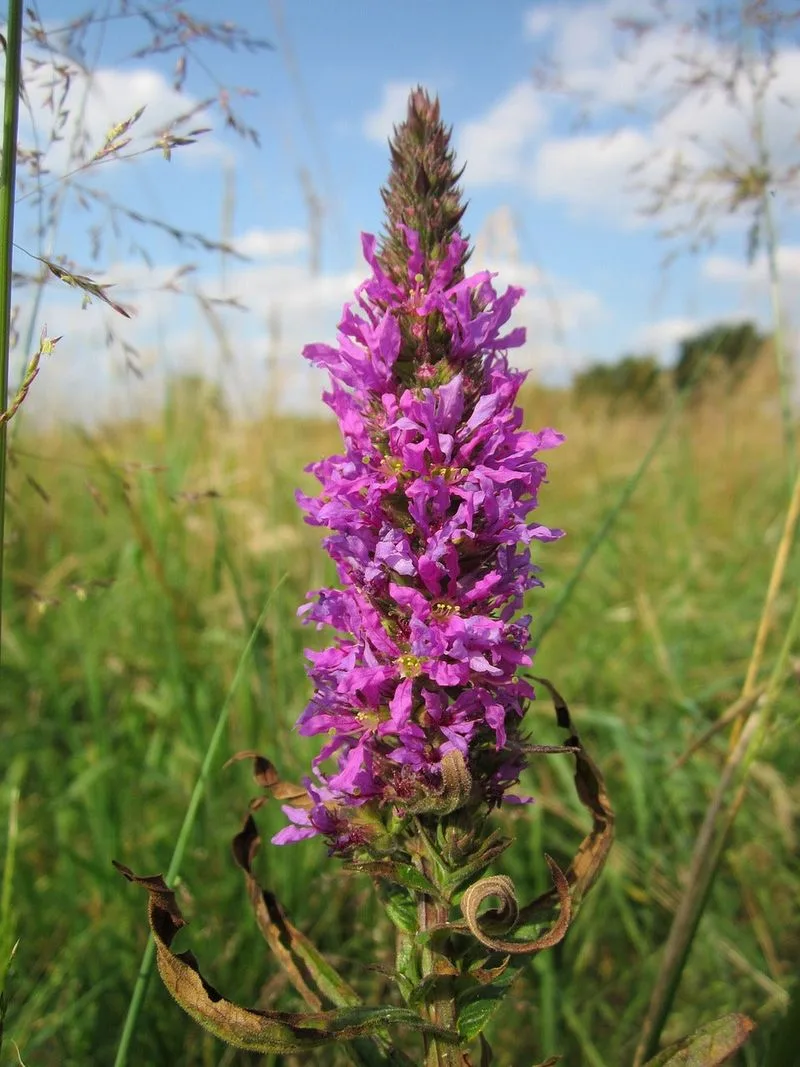
Purple loosestrife is beautiful with its purple spikes, but it can take over wetlands, displacing native plants and altering habitats.
For a splash of color without the disruption, consider native alternatives like swamp milkweed, which supports pollinators and fits well in wet areas.
Did you know? Purple loosestrife was introduced to North America in the 1800s for ornamental and medicinal purposes before its invasive nature became apparent.
Russian Olive
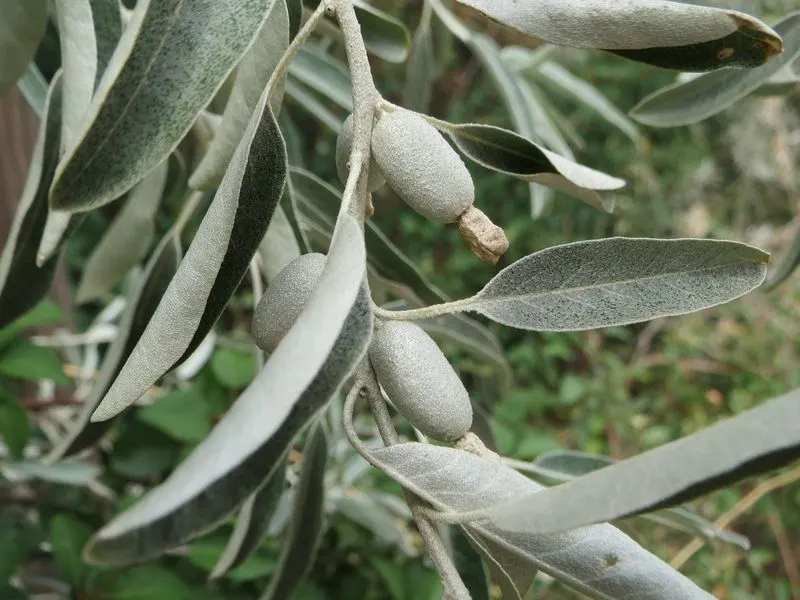
Russian olive trees may look appealing with their silvery leaves, but they can quickly become invasive, forming dense thickets that outcompete native plants.
For a similar silvery aesthetic, try planting native willow species, which are less aggressive and support local wildlife.
Fun fact: Russian olive was initially planted in the U.S. for erosion control and windbreaks before its invasive tendencies were understood.
Mint Bush Pea
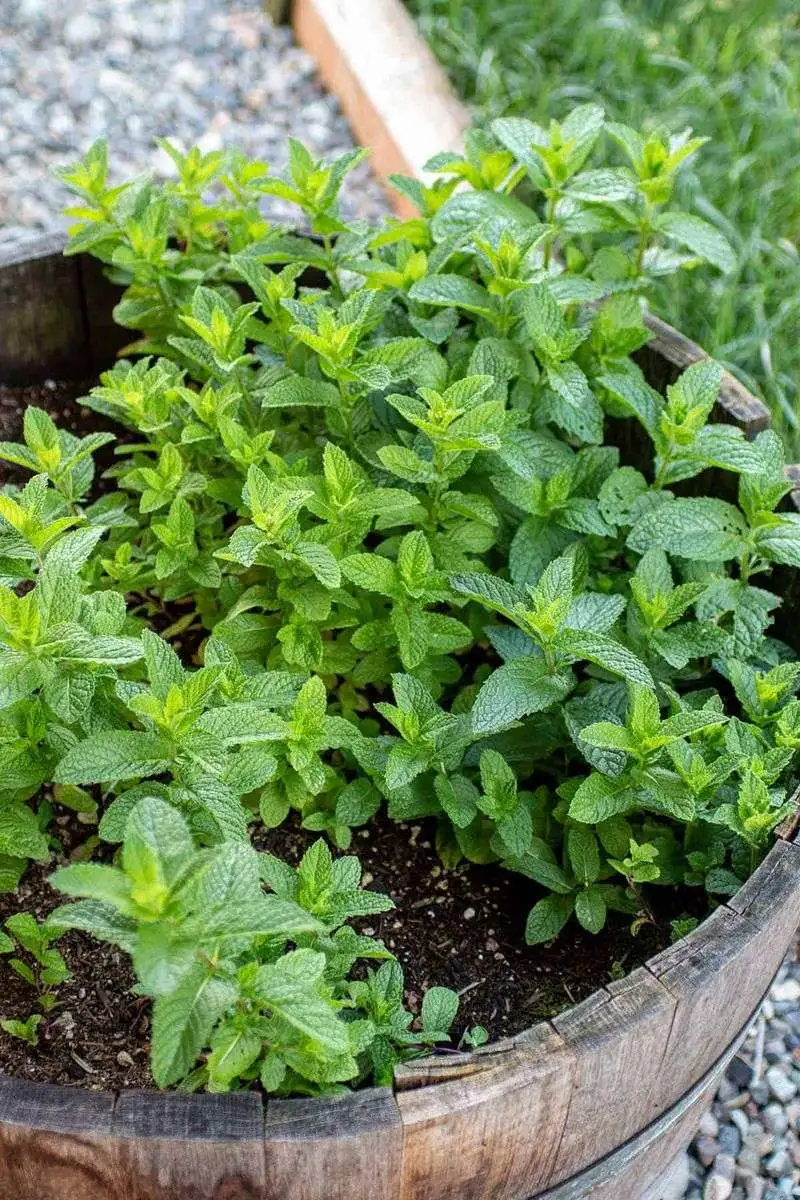
Mint Bush Pea, with its charming purple blossoms, can turn a garden into a tangled web. This native of Australia spreads swiftly, overtaking beds and borders. Its ability to thrive in various soil types and conditions makes it a formidable invader.
Gardeners often find its beauty misleading as it smothers slower-growing plants. Replacing it with the compact and controlled flowering of Catmint can preserve your garden’s harmony.
Did you know? Historically, Mint Bush Pea was used for dyeing fabrics. Its vibrant hues were once a valued commodity in local textile production.

